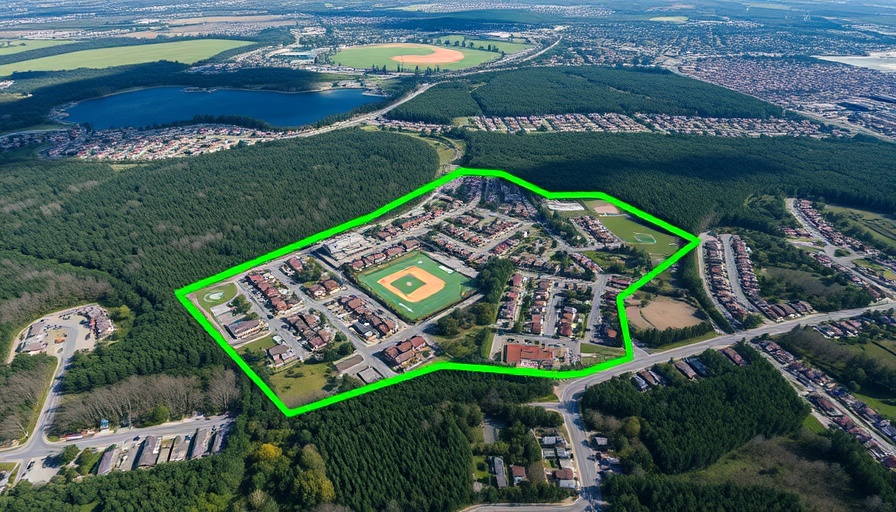
Corporate Branding Invades Charlotte’s Skyline
Once again, Charlotte's picturesque skyline has fallen victim to corporate branding, raising eyebrows among residents and architecture lovers alike. The Wells Fargo logo is now a stark addition to the city’s iconic buildings, marking yet another instance where commercial interests have overshadowed the city’s architectural integrity.
The Past Vandalism: A Deteriorating Skyline
This is not the first time Charlotte's extensive skyline has experienced such a branding takeover. Just five years back, the Hearst Tower, another prominent structure, was adorned with the logo of Truist, igniting a community backlash that highlighted the city’s disdain for oversized advertisements obscuring its architectural beauty. Longtime locals reminisce about the pride felt gazing at the skyline without the intrusion of glaring corporate logos.
Wells Fargo’s Ambitious Plans
Wells Fargo's decision to place illuminated 14-foot letters atop their 48-story building isn’t just about aesthetics; it's also tied to a larger $500 million investment in employee experience improvement. This includes an upgraded LED lighting system to support Wells Fargo Lights, which will showcase various colors to celebrate specific causes and events. While companies often prioritize brand visibility, Charlotte residents are left wondering at what cost to their city’s visual landscape?
Concerned Residents Respond
As soon as the announcement of the branding went public, Charlotte residents shared their discomfort regarding the growing trend of corporate logos in their beloved skyline. From social media forums to community boards, many view the presence of these logos as a threat, essentially transforming iconic buildings into mere advertising canvases. This sentiment speaks volumes about the crux of urban identity; after all, Charlotte is more than just a backdrop for advertising campaigns.
Comparisons with Other Cities
Interestingly, this trend isn't isolated to Charlotte. Cities like Atlanta and New York have had similar experiences, where commercial branding began to dictate the aesthetic of their landscapes. Critics argue that places aiming for a rich, unique character risk losing their identity in the pursuit of corporate sponsorship. Residents here fear the Queen City is following that path.
Looking Forward: Can We Preserve Our Identity?
As Charlotte’s population continues to grow and evolve, the blending of corporate branding with the urban environment presents both challenges and opportunities. For those hoping to maintain a balance between commercialization and preserving architectural charm, proactive measures are essential. Local advocacy and engagement in community discussions can help ensure that residents have a voice in these critical decisions.
So what does this mean for the future of Charlotte? It suggests that the community must remain vigilant and active in defending their city's skyline against commercial encroachment. As Charlotte grows and adapts, residents must continue to cherish and protect its unique character.
 Add Row
Add Row  Add
Add 




 Add Row
Add Row  Add
Add 

Write A Comment